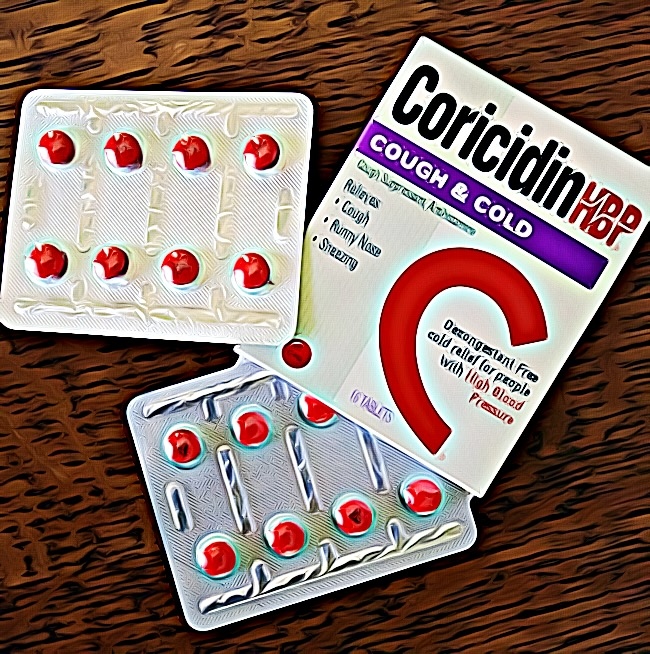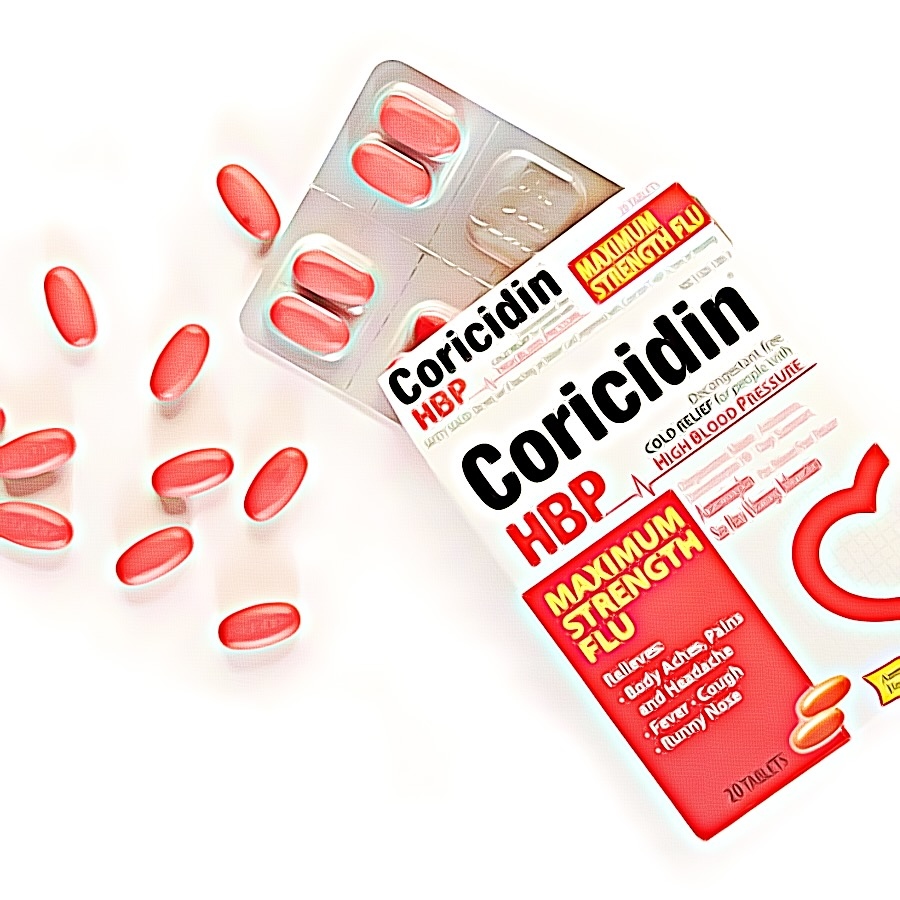Triple C is a drug linked to some deaths and hospitalizations. The substance is a potent stimulant that can make users feel upbeat and energized.
However, the drug can also cause dangerous side effects such as increased heart rate and blood pressure, anxiety, and paranoia.
Contrary to popular opinion, a drug’s safety does not automatically follow because it is readily available in a nearby drugstore or convenience store.
While they might be less harmful and less potent than illegal street drugs or strictly regulated prescription pharmaceuticals, they carry some risks.
Due to their affordability and accessibility, most medicines carry a high danger of overdose regardless of their intended usage, dosage, or combination.
What Are Triple C Drugs?
One of the triple Cs is dextromethorphan, a typical cough suppressant. The drug’s well-known street moniker, Coricidin Cough & Cold, comes from one of the first retailers of the cough suppressant. The pills were printed with CCC ink.
Despite the profusion of generic and name-brand rivals, CCC is still commonly used today.
A popular over-the-counter treatment for colds and coughs is Triple C, often referred to as dextromethorphan or Coricidin HBP Cough & Cold. Like most OTC drugs, DXM is not governed by the Controlled Substance Act.
The majority of cough medicines containing Coricidin are pills. These come in doses between 2.5 and 10 mg and are intended to decrease the effects of coughing and congestion.
High doses of these, however, cause hallucinations, euphoria, auditory changes, and changes in gravity. Marijuana users can describe floating and dissociative emotions that resemble “living in a dream.”
Regarding pharmacology, Dex shares a class with the dissociative anesthetic ketamine. The drug blocks the NMDA glutamate receptor’s impact, which produces the high.
What Are Triple C’s Used For?
Coricidin Cough & Cold is also known as Triple C in some circles. Anyone can purchase the drug without a prescription; it is advertised as a decongestant and cough suppressant.
In reality, 24 and 48-count packages of pills are available at Walmart and most drugstores, including Amazon. The substance is very well-liked among teenagers and young adults since they can easily purchase it.
When used as prescribed, the medication is safe and effective for treating runny nose, congestion, fever, sneezing, and coughing. Teenagers frequently misuse it since it can create hallucinations and euphoria when taken in big doses.
Dextromethorphan abusers are typically 16 years old, according to research published in the Archives of Pediatrics & Adolescent Medicine, with 74.5% of reported cases involving kids and teenagers between the ages of 9 and 17.
The main active ingredient in Triple C, dextromethorphan, reduces coughing and produces a high. In some pill variations, the dosage of the active component may reach 10mg.
Although most jurisdictions currently permit the sale of drugs containing dextromethorphan to children, by 2020, 15 states will have outlawed it.
In addition to the well-known Coricidin HBP Cough & Cold brand, there are numerous more brands, including generic variants. Triple C also goes by the aliases Dex, DXM, Skittles, and robo as a result.
Many Coricidin products, including Delsym, Robitussin, 12-Hour Cough Relief, Vicks DayQuil Cough, Mucinex, Tylenol, Sudafed, and Theraflu, contain dextromethorphan as an active component. Triple C is called Skittles, Robo, Red Devils, Candy, Poor Man’s PCP, CCC, and DXM in the streets.
What Are The Effects of Triple C Drugs?
Depending on the dose and length of the effects, triple Cs produce a variety of highs. There are four “plateaus” in these.
- Plateau 1 – 1.5–2.5 mg per kilogram of body weight is required to attain this plateau. To have this effect, 120 lb. teens must ingest 82.5-138 mg of Triple C. That equates to 8–14 gel caps with maximum strength. Euphoria, auditory alterations, and a floating sensation are all brought on by this stage.
- Plateau 2 – A dose of 2.5-7.7 mg, or 138-412 mg for a 120 lb teen, is required to reach this stage. Euphoric feelings grow stronger at this point. The person might have hallucinations if they close their eyes.
- Plateau 3 – By the time a person reaches the third “plateau,” they are typically susceptible, experiencing strong hallucinations and altered consciousness. They might lose their vision, although typically, this is not dangerous. Plateau 3 can be reached at doses of 7.5 mg per kg of body mass and higher depending on body mass.
- Plateau 4 – At Plateau 4, it is doubtful that the user will feel or perceive their body; instead, they will experience hallucinations. This could be hazardous. It can be obtained at dosages as high as 7.5mg per kg of body weight, depending on metabolism.

Some teenagers take 15-20 mg of dex per kilogram of body weight as a standard dose. To reach this state, a 125 kg teen would require 4 packages of a 24-count pack of extreme potency cold medication.
Most dextromethorphan medications have an average of six hours of active time. Those with slow metabolisms may experience this for up to 24 hours.
Because the medicine continues to be present in the body for a further 24 hours after then, this could be harmful. To attain deadly levels, which start at 50mg per kg of body weight, the person would have to take another dose the next night.
What Are The Adverse Consequences of Triple C?
Other than hallucinations and the inability to move or control limbs, Triple C also has many visible “negative” side effects. Early signs of usage consist of:
- Dizziness
- Nausea
- Hypertension
- Irregular heartbeat
- Itchy skin
- Poor control of muscles
- Rashes
- Red or watery eyes
- Slurred speech
- Stomach ache
Most of the time, adverse effects alone are not enough to identify someone as using Triple C. Instead, you’ll have to assume that they’re high and figure out what it is on your own.
Normally, if they throw boxes in the trash, have red pills, or you know their buddies are taking them, that’s simple to figure out.
What Are The Dangers of Triple C Drugs?
In very large quantities, triple C can result in an overdose. However, this is unusual. Most retailers rarely offer it in significant quantities because they know teenagers and young adults abuse it.
Due to this, the majority of dextromethorphan dosages are nowhere near fatal. However, abusing Triple C carries some significant long-term hazards.
Acetaminophen – Triple C contains this analgesic in significant quantities. Despite being one of the safest medications available, acetaminophen causes liver damage at levels exceeding 4000 mg. This is noteworthy because one Maximum Strength CCC tablet contains 300 mg of acetaminophen. If a teenager took only half a package, they would take more acetaminophen than is recommended daily (or 100 mg of dex). Triple C abuse may eventually harm the liver.
Addiction – Triple C always leads to dependence and ultimately addiction despite having a minimal risk of addiction. Heavy users of Triple C reportedly experienced withdrawal symptoms after quitting use for about a week, according to one poll. Fatigue, flashbacks, constipation, insomnia, and sleep issues are among them. Anhedonia, memory issues, attention issues, panic attacks, tremors, hives, and toxic psychosis are a few examples.
Therefore, it appears unlikely that Triple C will result in addiction or reliance in the short run.
But that changes over time. It may be required for long-term drug users to receive expert drug addiction therapy to overcome their behavioral issues and mental dependence.
The danger of kidney stones, irreversible brain damage, and liver or kidney failure may rise with prolonged use of the Triple C.
The main point is that taking Triple C in excess can be harmful. Medications like acetaminophen, generally safe to take, can harm your health when abused.
Most essential, however, is that such health issues won’t always manifest immediately; rather, they’ll probably worsen throughout the person’s life.
Signs of Addiction
Triple C is a powerful and addictive stimulant drug. It is often used as a party drug or to stay awake for long periods. Triple C can cause fatal health issues like addiction, overdose, and death.
It’s critical to get expert assistance as soon as possible if you or someone you know is battling Triple C addiction.
Many treatment options are available for Triple C addiction, and the best course of action will vary depending on the individual. However, some common methods of treatment include detoxification and rehabilitation.
Detoxification is the first step in treatment, and it involves removing the toxins from the body. Fasting, saunas, and exercise are just a few techniques that can be used to achieve this.
Rehabilitation is the next phase of care and focuses on helping the patient deal with their addiction’s emotional and physical effects. A range of methods, such as therapy, counseling, and medication, can be used to achieve this.
It’s critical to get expert assistance as soon as possible if you or someone you know is battling Triple C addiction. Many addiction treatment options are available, and the best course of action will vary depending on the individual.
Conclusion
It is important to note that Triple C addiction is a serious concern that requires professional treatment. There is no one-size-fits-all method for overcoming an addiction, but comprehensive and customized Alaska addiction treatment programs have been quite successful in helping many people do so. Please seek assistance if you or someone you know is battling addiction.
Sources:

